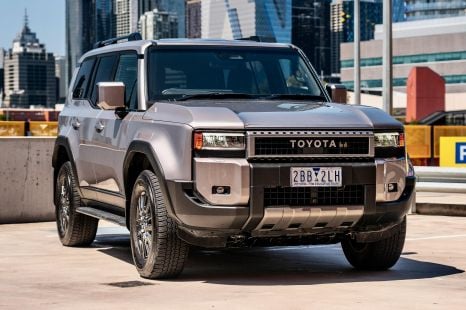

Max Davies
2025 Toyota Prado GXL review
2 Months Ago
The second EV from Polestar, a large SUV, arrives in Australia from early 2024. But you can already price one up on the configurator.

Senior Contributor


Senior Contributor
Polestar’s Australian public website has released pricing on the Swedish-Chinese company’s second electric model, the Polestar 3 large SUV.
The advertised drive-away price varies depending on where you live due to different state taxes: from around $138,000 on the road in the ACT and Tasmania through to about $147,000 in WA.
This suggests a list price around the $135,000 mark including GST and luxury car tax.
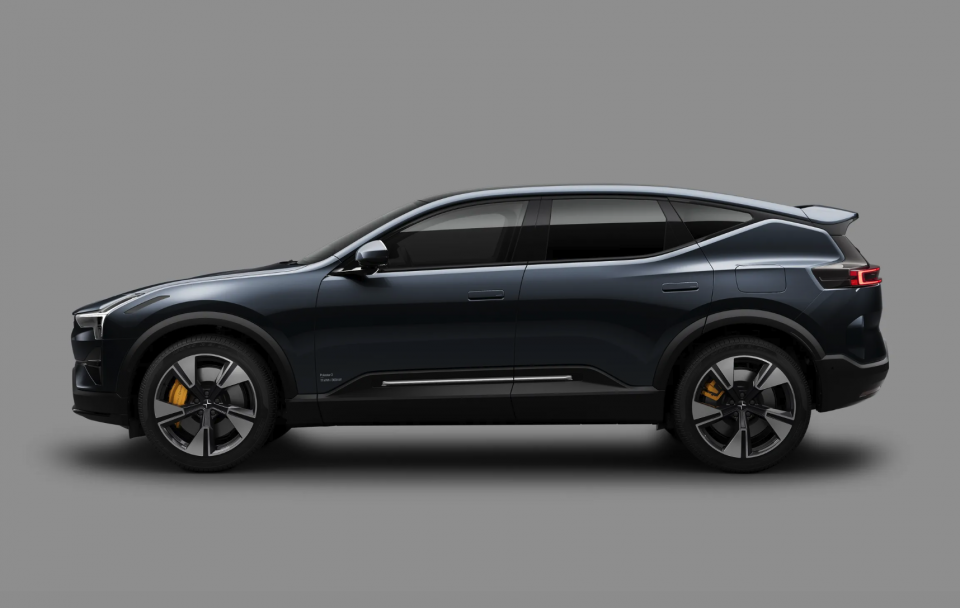
The Polestar site says deliveries are slated to begin in Australia from the first quarter of 2024, with a holding deposit of $1000 required upon ordering. It will rival the BMW iX and Mercedes-Benz EQS.
The configurator offers six colours with premium hues adding $2000 to the price. Further options include the $9000 Performance Pack (20kW power upgrade, new adaptive dampers, Pirelli P-Zero tyres, forged alloys) and $6000 for the Pilot Pack with LiDAR (Q3 of 2024 delivery).
You can also opt for 1.3 megapixel HD LED headlights for another $3000, and “animal welfare” Nappa leather trim for $7500.
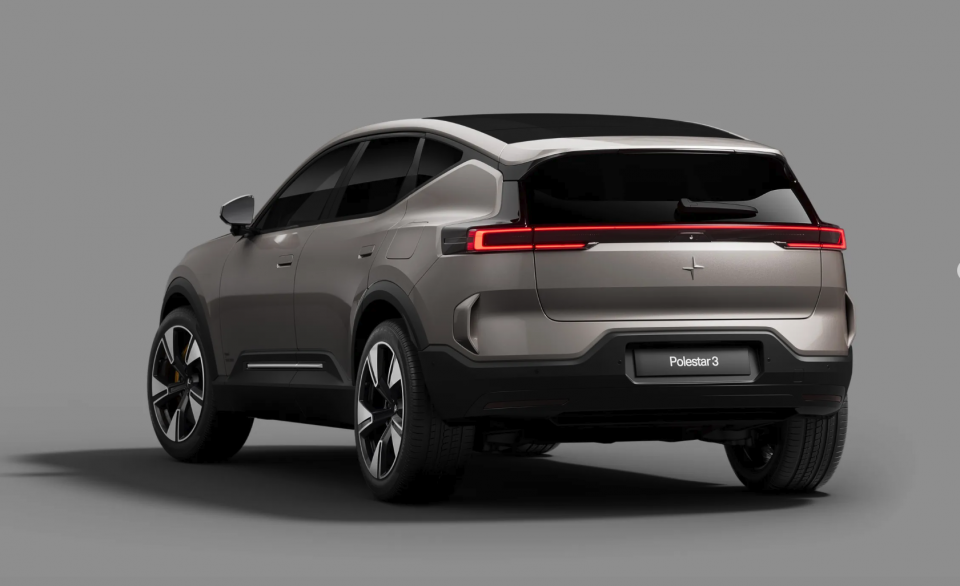
The long Polestar 3 shares much with the Volvo EX90, both based on the same ground-up EV platform. It comes with dual-motor all-wheel drive with system outputs of 360kW and 840Nm (380kW and 910Nm with the Performance Pack) with a 0-100km/h time of 5.0sec (4.7sec).
The range offered from the CATL 111kWh lithium-ion battery with 400V architecture is 610km for the normal long range, and 560km with the Performance Pack. The peak DC charging rate is listed as 250kW. Both are rated to tow 2200kg.
The BMW iX-rivalling Polestar 3 is quite large at 4900mm long, and seats five rather than seven. It also has a sporty roofline and a wide crossover stance, differentiating it from the impending, family-focused Volvo EX90 that’s closely related.
The Polestar 3 will also offer bi-directional charging, both vehicle-to-grid and vehicle-to-load. Volvo has already confirmed the related EX90 will offer the same feature.
The SUV will come with adjustable regenerative braking with a one-pedal driving option, electric torque vectoring via clutches at the rear axle, and an efficiency-minded rear motor decoupling function.
The 3 will also come with two-chamber air suspension and active dampers, with at least two driving modes called comfort and dynamic.
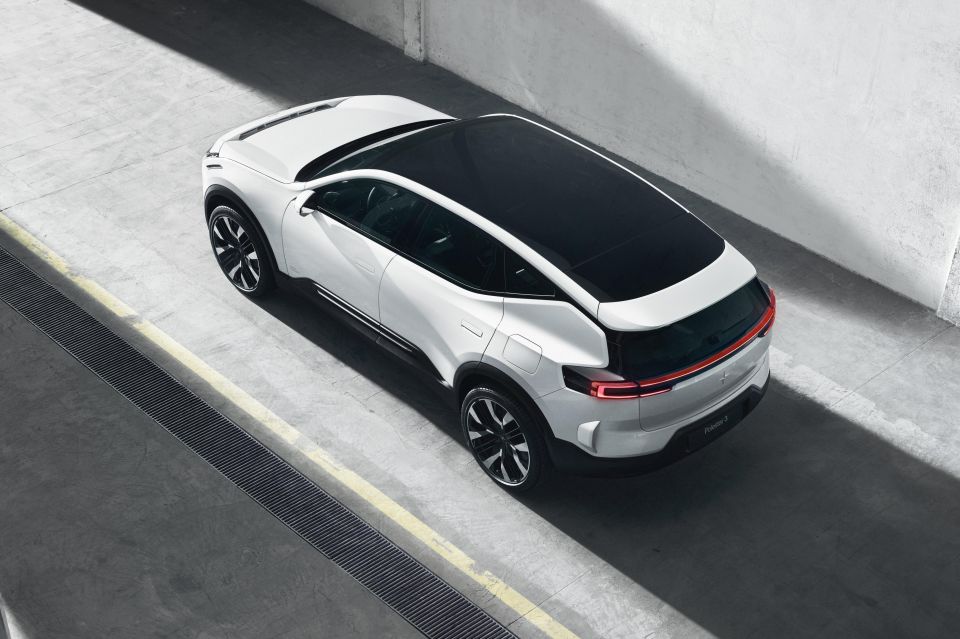
The Polestar 3’s interior embraces an EV theme through the use of sustainable materials such as bio-attributed MicroTech, animal welfare-certified leather, and fully traceable wool upholsteries. A complete life-cycle assessment will be completed when production begins.
The Polestar 3 is the company’s second model, but the range will expand to include the smaller Polestar 4 SUV and Polestar 5 grand tourer by mid-decade.
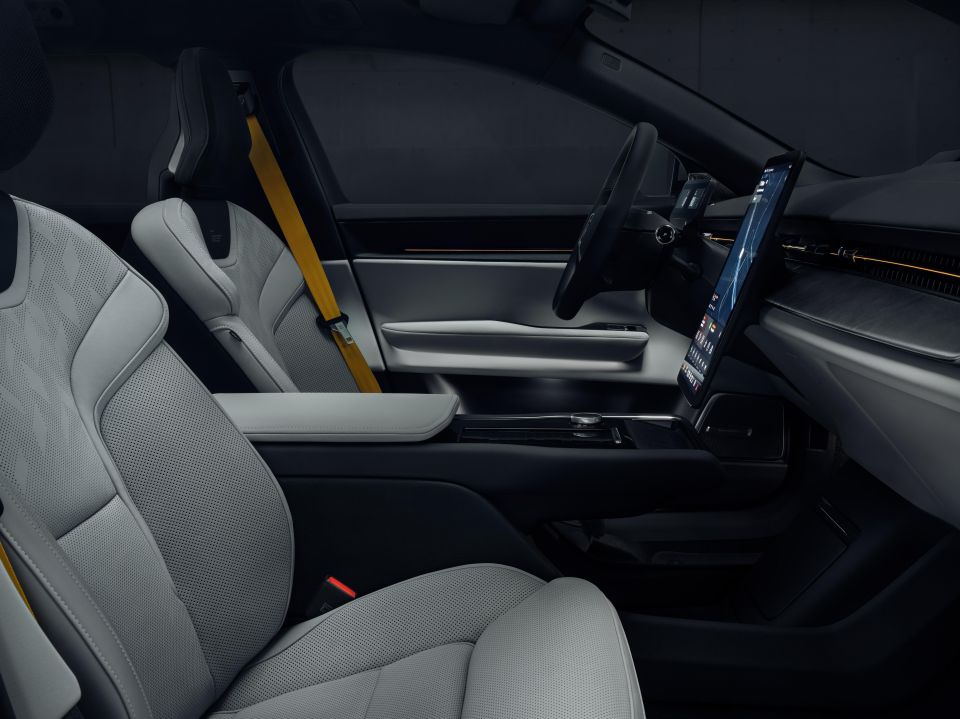

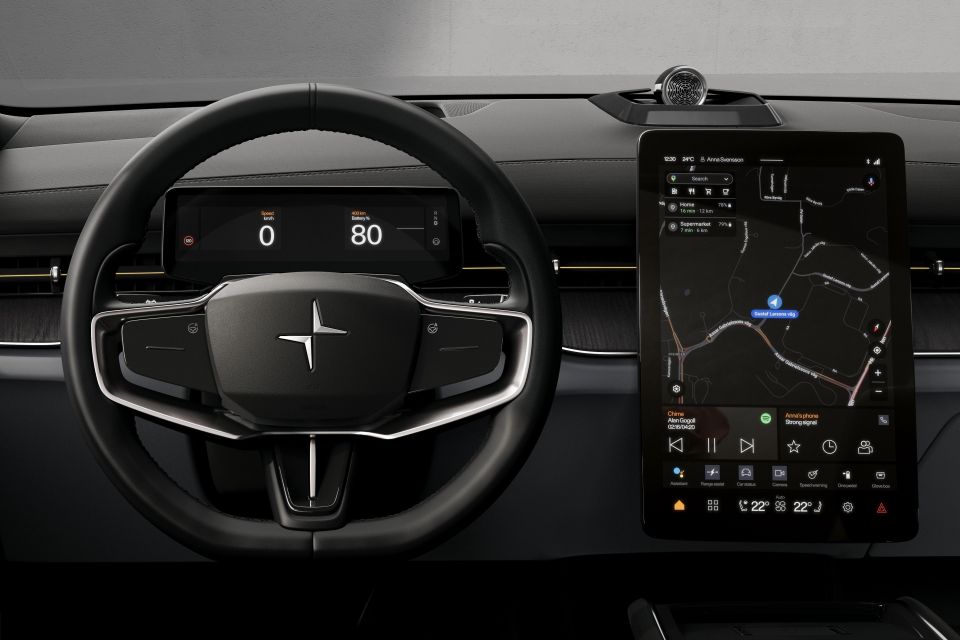
Where expert car reviews meet expert car buying – CarExpert gives you trusted advice, personalised service and real savings on your next new car.


Max Davies
2 Months Ago


Matt Campbell
2 Months Ago
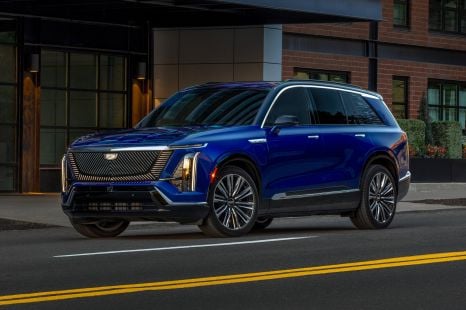

William Stopford
2 Months Ago
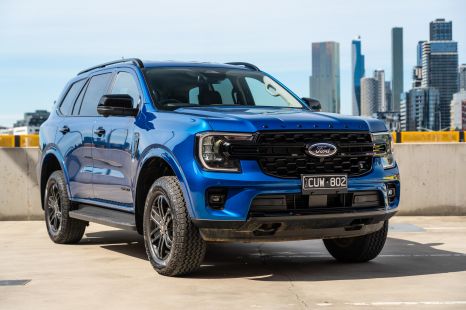

Josh Nevett
2 Months Ago


Max Davies
1 Month Ago
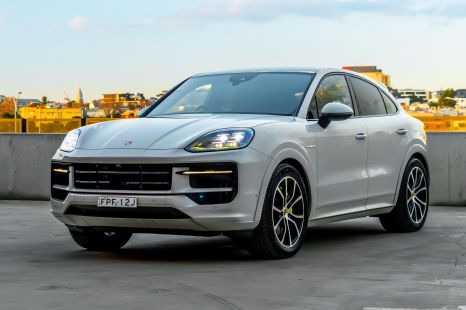

James Wong
22 Days Ago